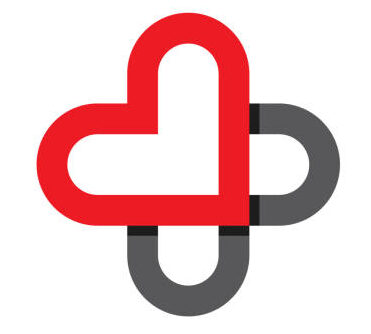Yes, You Can Give Yourself a Headache — Here’s How to Stop Them From Happening

Getty Images
Anxiety can manifest itself in a number of physical symptoms. Increased heart rate, rapid breathing, sweating, an upset stomach and chills or hot flashes are some of the most common symptoms. Another is the anxiety-induced headache.
According to Healthline, many people living with anxiety commonly experience migraines or chronic tension headaches as a result of anxiety. Tension headaches usually develop with stress and have a mild to moderate dull pain or ache.
Migraines, on the other hand, usually manifest on one side of the head and feel like a throbbing sensation. Migraine headaches can also cause blurry vision as well as nausea and vomiting. Medical professionals aren’t exactly sure what causes tension headaches but some of the most common triggers are thought to be stress (not at all surprising!), lack of sleep, muscle tension and changing serotonin levels in the brain.
How to prevent tension headaches
The easiest way to prevent an anxiety-induced headache from occurring is by recognising your triggers. Feeling stressed, for example, can often trigger a physical anxiety response in the form of a headache. Lack of sleep is also common factor in the onset of headaches, while the consumption of caffeine or alcohol could also do the same.
Once you have these triggers down pat, you can do you best to avoid these in times of serious overwhelm in order to prevent the onset of another headache. Making sure you’re getting at least eight hours of sleep every night is extremely helpful with this, as is learning to manage your stress so it doesn’t become too overwhelming for you.
Healthline also recommends prioritising self-care and relaxation to avoid tension headaches. Engage in relaxing exercises like yoga or stretching as well as mindfulness exercises like meditation. Keep an eye on your water consumption as well and try to avoid skipping meals. If your headaches or migraines are debilitating, seek medical treatment.







